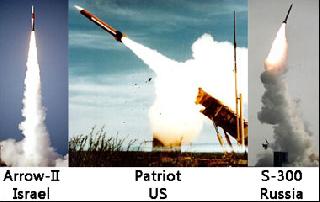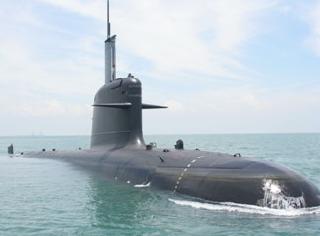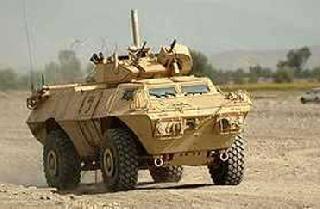
In present-day world, when the potency of missiles as destructive weapons has increased manifold, defending a nation from such threats has become the prime focus.
With an objective to counter incoming ballistic missiles carrying nuclear, chemical, biological or conventional warheads, some countries today have developed the capability to deploy ballistic missile defence shields, also known as missile interceptors.
Such weapons, called anti-ballistic missile (ABM) systems, are used to shield a nation from missile attacks.
The ABMs intercept and destroy approaching ballistic missiles even before they could reach their intended target. The missiles can be intercepted near the launch point (boost phase), during flight through space (mid-course phase), or during atmospheric descent (terminal phase).
Efforts have been made to develop two ABMs so far – short-range and long-range.
The main target of a long-range ABM is to track and destroy an intercontinental ballistic missile (ICBM). However, not much success has been achieved yet in developing long-range ABMs that can defeat ICBMs.
The US’s Safeguard system, which used the Spartan and Sprint missiles, was briefly operational during the 1960s.
Russia developed its A-35 anti-ballistic missile system which was later renamed as A-135 and is still operational. Both the long-range ABMs used nuclear warheads to destroy their targets.
The other variant of the weapon system, short-range ABMs, has been effectively developed and deployed by some countries successfully.
Three such short-range ABMs presently operational include – the Patriot surface-to-air missiles (operational in the US Army), the Aegis ballistic missile defense system (operational in the US Navy) and the Arrow missile (Israel).
Russia too has acquired similar capabilities by incorporating ballistic missile interceptor traits in some of the latest variants of its surface-to-air missiles likes the S-300 and S-500. While the S-300 air defence system is capable of destroying aircraft and cruise missiles and is being developed to target ballistic missiles, the S-500 system, designed to destroy ICBMs, is presently under development stage.
The next to follow is China which successfully tested its ground-based midcourse missile interceptor in early 2010. Like Russia, China too has few surface-to-air missiles with ABM capability.
With a dedicated ballistic missile defence programme in place, India today has built-up its capability to develop and deploy a multi-layered ballistic missile defence system which consists of two interceptor missiles – the Prithvi Air Defence (PAD) missile for high altitude interception (above 40 km), and the Advanced Air Defence (AAD) missile for lower altitude interception (below 25 km).
This programme received a major boost when both the PAD with 'exo' (destroying the target outside Earth's atmosphere) capability and the AAD with 'endo' (destroying the target inside Earth's atmosphere) capability at altitudes of 48 Km and 15 km respectively were test launched successfully on November 27, 2006 and December 7, 2006 subsequently.
The Defence Research and Development Organisation has so far conducted four successful tests of the indigenously developed anti-ballistic missile systems. With this, India has joined the elite club of nations – US, Russia, Israel and China.
| Specifications | Patriot-3 | S-300(PM) | Arrow 2 |
| Type | Surface-to-Air missile |
Surface-to-Air missile | Anti-ballistic missile |
| Origin | USA | Russia | Israel |
| Launch weight |
312 kg | 1804 kg |
1300 kg |
| Length | 5.2 m | 7.25 m |
6.8 m - 7 m |
| Diameter | 25 cm | 50.8 cm |
80 cm |
| Range | 15 km | 90 km |
90 km |
| Propulsion | Single-stage solid propellant rocket motor |
Single-stage high thrust solid rocket motor |
Solid propellant booster rocket motor |
| Max Speed | 5.0 Mach |
1900 m/s |
9.0 Mach |
| Warhead weight |
90 kg |
143 kg |
150 kg |
 Previous Article
Previous Article Next Article
Next Article













The Indian Air Force, in its flight trials evaluation report submitted before the Defence Ministry l..
view articleAn insight into the Medium Multi-Role Combat Aircraft competition...
view articleSky enthusiasts can now spot the International Space Station (ISS) commanded by Indian-American astr..
view article